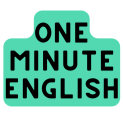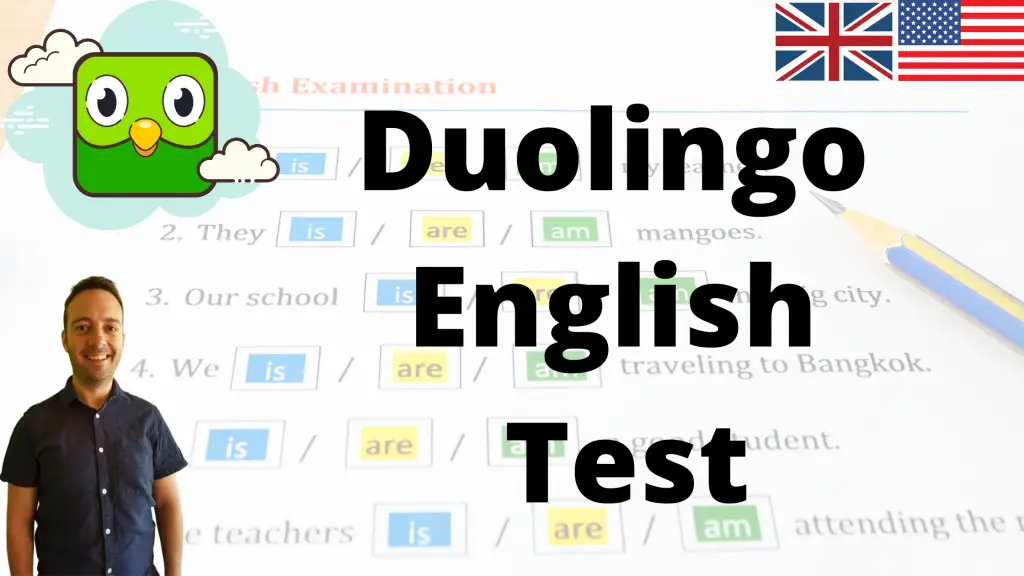Practice English or Spanish with AI here
What is a good score on the DuoLingo English test?
The scores on a DuoLingo English test range from 0 to 160 in increments of 5, so a score could be 0, 5, 10, 20, 25, and so on. The minimum score accepted by universities is 105-110; this range is equivalent to 6.5 on the IELTS. A good score is anything over 105.
DuoLingo vs IELTS Score Comparison
Here’s a comparison of a range of scores on the DuoLingo and the IELTS tests:
Where is the Duolingo English test valid?
The DuoLingo English Test is accepted as proof of proficiency in the English language at over 2,000 universities around the world. Here are just some of the schools in the United States that accept the test: Harvard University, Stanford University, California Institute of Technology, and Massachusetts Institute of Technology. It’s easy to find out which universities accept this test. On the DuoLingo website, you are able to enter the name of any university and find out immediately whether or not it accepts the DuoLingo English test.
Where can I find sample questions and answers?
You can find all 10 types of sample questions with answers here.
You can also find sample questions on the DuoLingo website. In general, it just makes sense to become familiar with the types of questions on any test whose results may have a big impact on your life. The DuoLingo practice test on the website provides great preparation for taking the test.
The questions for the actual DuoLingo test are very different for those on the IELTS, for example. So even if you’ve taken another English proficiency test, don’t assume they are all alike. The importance of taking practice tests cannot be overemphasized.
The DuoLingo English test is adaptive, so it will give you an easier question after you miss one or a more difficult question after you answer one correctly. That means, unless you answer every question exactly the same each time you take the test, you will get different questions each time. This is true for both the practice and the actual tests.
Here are some of the questions I was given when I took a practice test myself. The very first question asked me to listen to a recorded sentence and then enter that sentence into the test screen. Perhaps I should mention that I’m not only a native speaker, but also an experienced English language instructor with a Master’s degree in Teaching English to Speakers of Other Languages (TESOL). The questions got more difficult very quickly.
Question two presented me with a paragraph in which some words had missing letters, and I had to type in the missing letters. Question three gave me a list of words and asked me to click on the ones that were actual English (some of the words in the list were nonsense).
Question four was a list of recorded words. I had to click on each recording to listen to the word and then click on the adjacent check mark if it was a real English word. The speakers were a mix of male and female native English speakers with North American accents, and they spoke at a normal rate of speed.
By this time, the test was getting a little difficult, but I was able to listen to each recorded word more than once, which was a big help. There were several questions for which I listened to a recorded sentence and then had to either record myself repeating the sentence or type the sentence into the program.
Another question gave me a topic (“Talk about a gift that you gave to someone recently”) and some questions to help me think of things to say. I had to record myself speaking about the topic. The questions provided would be very helpful to a student trying to think of things to say in response.
There were a few other types of questions, but these demonstrate that all four language skills (reading, writing, listening, and speaking) are tested even though the DuoLingo test is so much shorter than others.
The DuoLingo English test only takes an hour, but the first five minutes are used to go over the rules and the last ten minutes are for a speaking test. The test questions take up the remaining forty-five minutes. That’s a really big difference from the IELTS Indicator, a comparable online English proficiency exam, which takes two hours and forty-five minutes
All in all, the DuoLingo test is clearly a valid test of English proficiency which only emphasizes the importance of the practice tests. It’s also recommended that students prepare for the test by watching the demo videos on the DuoLingo website because they also show examples of test questions.
Can I retake the Duolingo English test?
The short answer is: Yes. You may take the DuoLingo English test twice in any 30-day period. There are no other limits to the number of times you can retake the test. The test results are valid for 2 years, and the results may be sent to any number of universities at no charge to you.
What Are the Requirements for the DuoLingo English Test?
You will need to have the following items for this test:
- a reliable internet connection
- a front-facing camera at the top of your computer
- a microphone
- speakers (headphones and earbuds are not allowed)
Here are the reasons for the requirements. The necessity of a good internet connection is obvious.
The front-facing camera is required because you will be monitored during the test. You should understand that this makes the test very secure. That security is one of the reasons why the DuoLingo test is so well-regarded and accepted by so many universities.
You need the microphone for the entire test because you will need to speak frequently. There are several different types of questions for which I had to record myself speaking the answers; I described some of those questions above.
Summary
The DuoLingo English test will be a bit of a challenge, but it has to be. Otherwise, it wouldn’t be accepted by so many universities around the world as a good test of English proficiency. Take the practice test multiple times; after all, it’s free. Best of luck!
- 10 Words or Phrases “To Make Her Feel Special” - October 16, 2024
- Synonym Generator - September 11, 2024
- [BrutallyHonest] Langua AI Review – Can you learn a language with AI? - April 23, 2024


